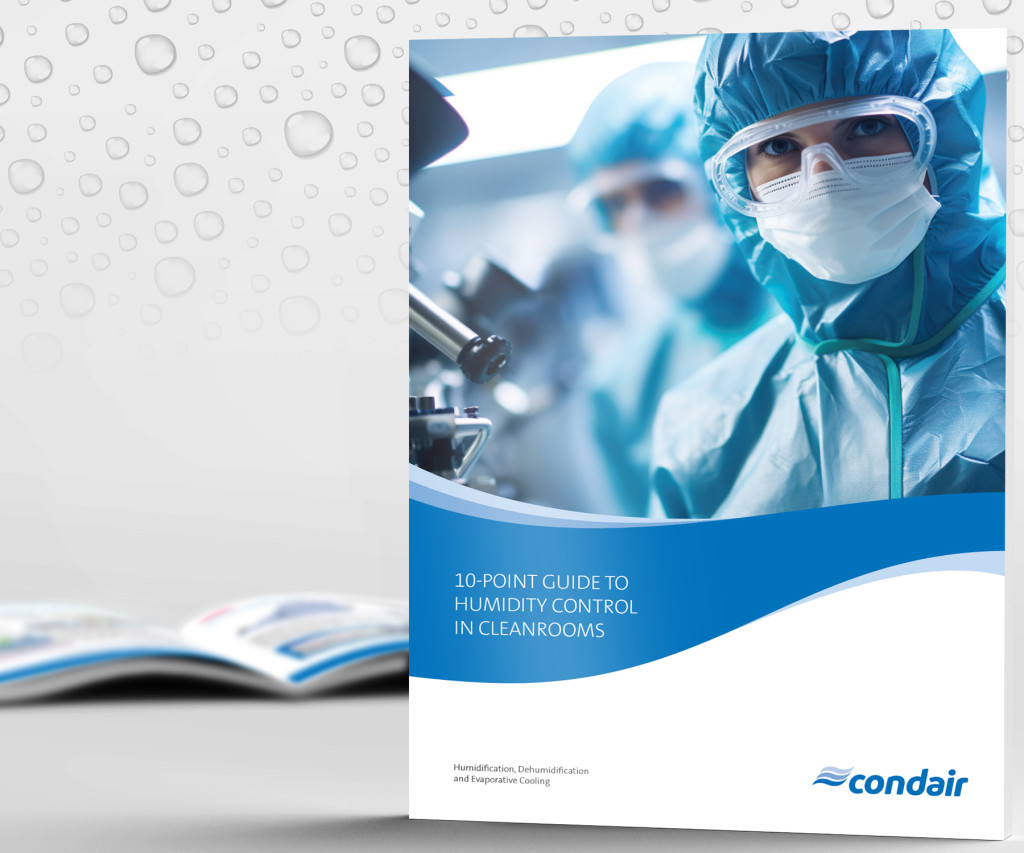New 10-Point Guide to Humidity Control in Cleanrooms

Condair has released a new 10-Point Guide to Humidity Control in Cleanrooms. This informative document provides an easy-to-follow overview for managing humidity in closely controlled environments.
Condair has released a new 10-Point Guide to Humidity Control in Cleanrooms. This informative document provides an easy-to-follow overview for managing humidity in closely controlled environments.
The guide has been produced by experts in the field with experience spanning thousands of cleanroom humidity projects across research, manufacturing and preservation sectors. Using this knowledge, Condair has compiled the 10 most pertinent topics that need to be considered by cleanroom designers, consultants, production and facility managers, when dealing with humidification or dehumidification.
Presented in an easy-to-understand Q&A format, the guide is a great resource for anyone working in or with a cleanroom facility. It walks the reader through the initial design stages, product selection and sizing, energy considerations and maintenance requirements, across both humidifiers and dehumidifiers. Detailed information is given on humidity’s relationship with temperature and electrostatic, as well as how the very specific humidity levels cleanrooms so often need can be consistently achieved.
Condair’s 10-point guide to humidity control in cleanrooms is free to download from www.condair.co.uk/cleanroom.
Condair is represented in the UK by Condair Ltd, which offers system design, manufacture, supply, installation, commissioning, maintenance and spares.







